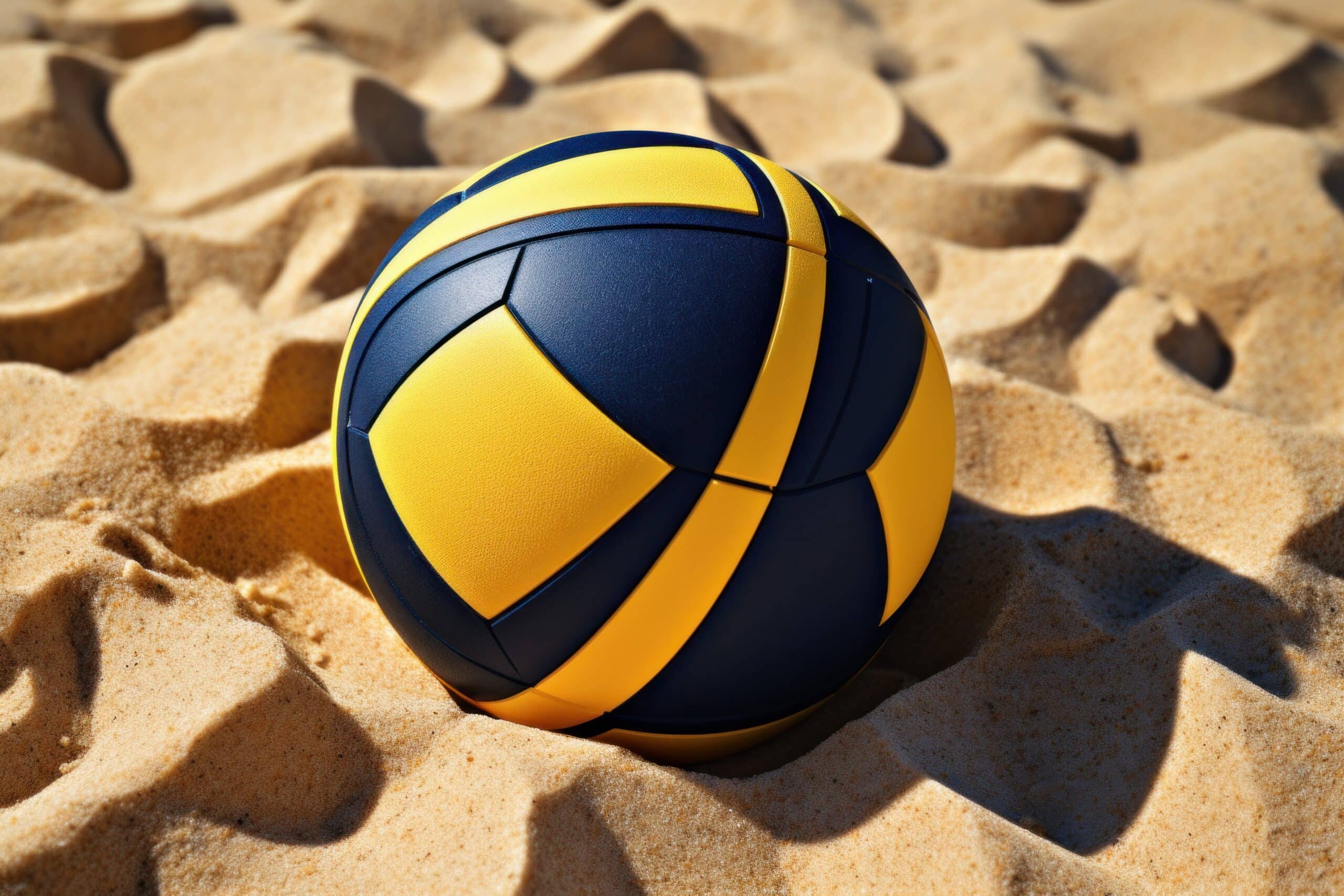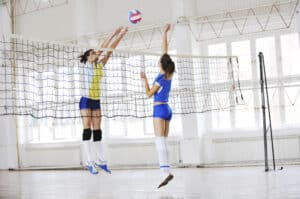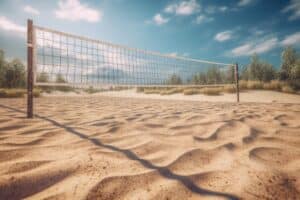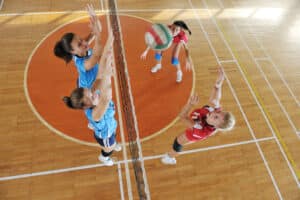Why does beach volleyball sand not stick?
Key Takeaways
- The sand used in professional beach volleyball courts is carefully selected for its size, shape, and texture, creating surface tension that prevents sticking to the players’ bodies.
- The sand used in beach volleyball courts has excellent drainage properties, allowing it to quickly dry even under humid conditions, reducing the likelihood of it sticking to the players’ skin.
- Players use special microfiber towels during changeovers to effectively remove any stray grains of sand that may have stuck to their bodies.
Beach volleyball is a popular sport played on sandy courts, and one may wonder why the sand used in these courts does not stick to the players’ bodies. The answer lies in the careful selection and treatment of the sand used in professional beach volleyball courts.
The Importance of Sand Selection
The sand used on professional beach volleyball courts meets strict regulations set by the International Volleyball Federation (FIVB). The sand particles are carefully selected for their size, shape, and texture. It is important to find a balance where the sand is fine but not too fine, sifted but not flour-sifted, and soft but not baby-powder soft.
Coarse, angular sand is considered the best type of sand for beach volleyball courts. This type of sand provides a solid and stable footing for players, allowing them to move quickly and change direction with ease. The angular shape of the sand particles creates surface tension, preventing them from sticking to the players’ bodies.
Additionally, the sand used in beach volleyball courts needs to have excellent drainage properties. This ensures that the sand quickly dries even under humid conditions, reducing the likelihood of it sticking to the players’ skin.
Treatment of Sand in Beach Volleyball
Once the sand has been selected, it undergoes further treatment to ensure optimal playing conditions. The sand is leveled and made as flat and uniform as possible. It must be free of rocks, shells, and other potentially harmful particles that could cause injury to the players.
The depth of the sand is also important. It is recommended that the sand be at least 40 cm deep. This depth allows for proper cushioning and shock absorption, reducing the risk of injuries to the players.
The sand used in beach volleyball courts is sifted to an acceptable size. It should not be too coarse or too fine to prevent dust and sticking to the players’ skin. Sifting the sand removes the smallest particles, creating surface tension that further prevents it from sticking to the players’ bodies.
Player Precautions
While the sand used in beach volleyball courts is carefully selected and treated to minimize sticking, players also take precautions to ensure they remain sand-free during the game. Special microfiber towels are used during changeovers to remove any stray grains that may have stuck to their bodies. These towels are designed to effectively remove sand without leaving residue or causing irritation to the players’ skin.
Conclusion
In conclusion, the sand used in beach volleyball courts does not stick to the players’ bodies due to the careful selection and treatment it undergoes. The sand is chosen for its size, shape, and texture, creating surface tension that prevents sticking. It also has excellent drainage properties, allowing it to quickly dry even under humid conditions. Additionally, players use special towels during changeovers to remove any stray grains that may have stuck to their bodies.
Related Websites:
- Volleyball Vantage – Why Doesn’t Sand Stick to Volleyball Players?
- Yahoo Sports – Rio Mystery Solved: Why Doesn’t Beach Volleyball Sand Stick to Players?
- Volleybal Smash – The Best Type of Sand for a Beach Volleyball Court
- Volleyplan – Sand Volleyball Court Dimension, Surface, Lines & Maintenance
- MDPI – A Review of the Performance of Different Surface Types in Beach Volleyball
FAQs:
Q: What makes beach volleyball sand different from regular sand?
Beach volleyball sand is specifically designed to have certain qualities that regular sand does not possess. It has a specific composition, texture, and grain size that make it ideal for playing beach volleyball. Regular sand, on the other hand, may not have the right properties for optimal gameplay.
Q: How does moisture prevent beach volleyball sand from sticking?
Moisture plays a crucial role in preventing beach volleyball sand from sticking together. The water content in the sand particles creates a thin film around them, reducing their ability to adhere to each other. This allows the sand to remain loose and provide a consistent playing surface.
Q: What is the role of compaction in beach volleyball sand?
Compaction is an important factor in beach volleyball sand. It refers to the process of compressing the sand particles to create a firm and stable surface. Proper compaction helps prevent the sand from shifting or becoming too loose, ensuring a consistent playing experience for beach volleyball players.
Q: Why is regular maintenance important for beach volleyball sand?
Regular maintenance, including raking and leveling the sand, is crucial for preventing it from sticking and maintaining the desired playing conditions. This helps remove any debris, redistribute the sand evenly, and ensure proper compaction. Regular maintenance contributes to a better playing experience and extends the lifespan of the sand.
Q: What factors contribute to beach volleyball sand not sticking?
Beach volleyball sand does not stick due to its specific composition, moisture content, compaction, and regular maintenance. These factors work together to create a loose, stable, and playable surface for beach volleyball players.






